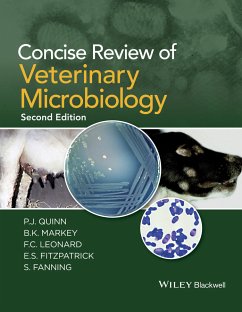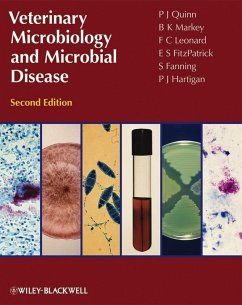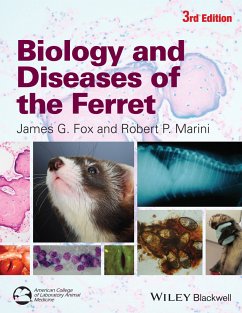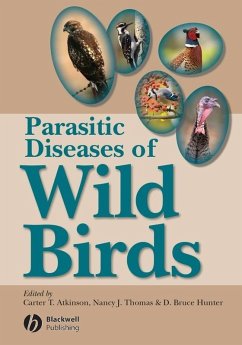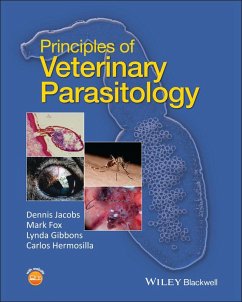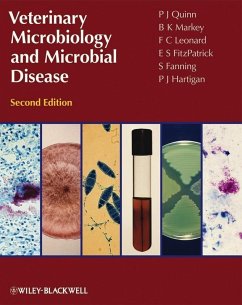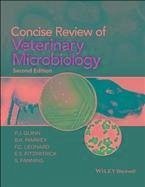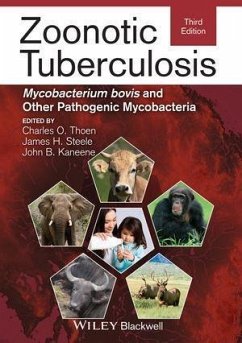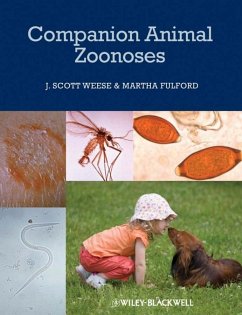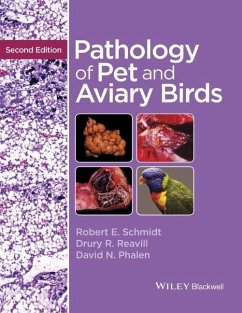
Principles of Veterinary Parasitology (eBook, PDF)
Versandkostenfrei!
Sofort per Download lieferbar
48,99 €
inkl. MwSt.
Weitere Ausgaben:

PAYBACK Punkte
0 °P sammeln!
Principles of Veterinary Parasitology Principles of Veterinary Parasitology is a student-friendly introduction to veterinary parasitology. Written primarily to meet the immediate needs of veterinary students, this textbook outlines the essential parasitological knowledge needed to underpin clinical practice. Conceptual relationships between parasitic organisms, their biology and the diseases they cause are clearly illustrated. Help boxes and practical tips are included throughout alongside a wealth of colour photographs, drawings and life-cycle diagrams. Organised taxonomically with additional...
Principles of Veterinary Parasitology Principles of Veterinary Parasitology is a student-friendly introduction to veterinary parasitology. Written primarily to meet the immediate needs of veterinary students, this textbook outlines the essential parasitological knowledge needed to underpin clinical practice. Conceptual relationships between parasitic organisms, their biology and the diseases they cause are clearly illustrated. Help boxes and practical tips are included throughout alongside a wealth of colour photographs, drawings and life-cycle diagrams. Organised taxonomically with additional host-orientated chapters and focussing on parasites that commonly cause animal or zoonotic disease, welfare problems or economic losses, students worldwide will benefit from this straightforward and easy to comprehend introduction to veterinary parasitology. KEY FEATURES * An easy to navigate textbook, providing information essential for clinical studies * Full colour throughout, with photographs, diagrams, life-cycles and help boxes for visual learners * A companion website including a pronunciation guide, self-assessment questions and further reading lists This book is accompaines by a companion website: WWW.wiley.com/go/jacobs/principles-veterinay-parasitology The website includes: * Glossary * Parasites listed by host and body system * Pronunciation guide * Parasite recogonition: flease, flies,worms and worm eggs * Revision questions and answers * Further reading list: books, articles and websites * Powerpoint files of all diagrame for downloading
Dieser Download kann aus rechtlichen Gründen nur mit Rechnungsadresse in D ausgeliefert werden.




